
Stephenson County is a county located in the U.S. state of Illinois. According to the 2020 United States Census, it had a population of 44,630. Its county seat is Freeport.
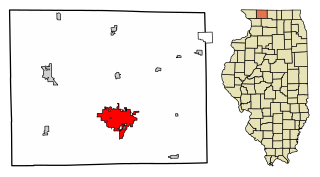
Freeport is the county seat and largest city of Stephenson County, Illinois, United States. The population was 23,973 at the 2020 census, and the mayor of Freeport is Jodi Miller, elected in 2017. Freeport is known for hosting the second Lincoln-Douglas debate of 1858, and as "Pretzel City, USA", due to a popular local German bakery that became well known for its prolific pretzel production after it opened in 1869. Freeport High School's mascot is the Pretzel to honor its heritage.

Daniel Hale Williams was an African-American surgeon who founded Provident Hospital in 1891. It was the first non-segregated hospital in the United States. Provident also had an associated nursing school for African Americans.

Rush Medical College is the medical school of Rush University, located in the Illinois Medical District, about 3 km west of the Loop in Chicago. Offering a full-time Doctor of Medicine program, the school was chartered in 1837, and today is affiliated primarily with Rush University Medical Center, and nearby John H. Stroger Jr. Hospital of Cook County. In 2021, Rush Medical College was ranked 64th among research institutions in the U.S. by U.S. News & World Report.
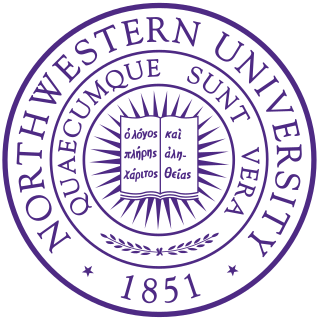
Northwestern University Feinberg School of Medicine is the medical school of Northwestern University and is located in the Streeterville neighborhood of Chicago, Illinois. Founded in 1859, Feinberg offers a full-time Doctor of Medicine degree program, multiple dual degree programs, graduate medical education, and continuing medical education.
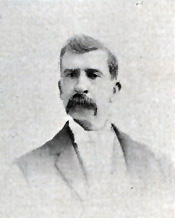
Jethro Ayers Hatch was an American physician and politician who served one term as a U.S. Representative from Indiana from 1895 to 1897.

Nicholas Senn was a Swiss-born American surgeon, instructor, and founder of the Association of Military Surgeons of the United States. He served as the president of the American Medical Association in 1897–98 and as chief surgeon of the Sixth Army Corps in 1898, seeing service in Cuba during the Spanish–American War. He was involved in experimental research, particularly of acute pancreatitis, plastic surgery, head and neck oncology, the intestinal tract, and the treatment of leukaemia with x-rays.
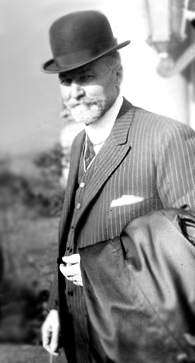
John Benjamin Murphy, born John Murphy was an American physician and abdominal surgeon noted for advocating early surgical intervention in appendicitis appendectomy, and several eponyms: Murphy’s button, Murphy drip, Murphy’s punch, Murphy’s test, and Murphy-Lane bone skid. He is best remembered for the eponymous clinical sign that is used in evaluating patients with acute cholecystitis. His career spanned general surgery, orthopedics, neurosurgery, and cardiothoracic surgery, which helped him to gain international prominence in the surgical profession. Mayo Clinic co-founder William James Mayo called him "the surgical genius of our generation".

Nathan Smith Davis Sr., M.D., LLD was a physician who was instrumental in the establishment of the American Medical Association and was twice elected its president. He became the first editor of the Journal of the American Medical Association.
Adolf Gundersen was a Norwegian born, American physician and founder of Gundersen Lutheran Medical Center.

Geneva Medical College was founded on September 15, 1834, in Geneva, New York, as a separate department (college) of Geneva College, currently known as Hobart and William Smith Colleges. In 1871, the medical school was transferred to Syracuse University in Syracuse, New York.
Sarah Ann Hackett Stevenson was an American physician in Illinois, and the first female member of the American Medical Association (AMA), as an Illinois State Medical Society delegate in 1876. She was a leader and advocate for the emancipation of women and for the equal treatment of men and women.
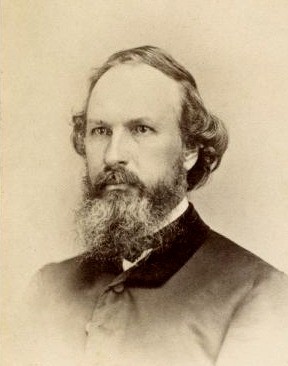
Edmund Andrews was an American doctor, a pioneer in surgery and medical education of the Western United States. He was one of the founders of the Medical Department of the Northwestern University.
Joel Henry Cooper was an American physician, pharmacist and abolitionist from Wisconsin who served as a Free Soil Party member of the Wisconsin State Assembly. He was the father of Congressman Henry Allen Cooper.

John C. Hall was an American medical doctor, politician, and Wisconsin pioneer. He was a member of the Wisconsin State Senate, representing Green County in 1870 and 1871, and served as a Union Army surgeon in the American Civil War.

Alexander N. Konovalov is a Russian neuroscientist who has been the director of the Burdenko Neurosurgery Institute for thirty-two years.
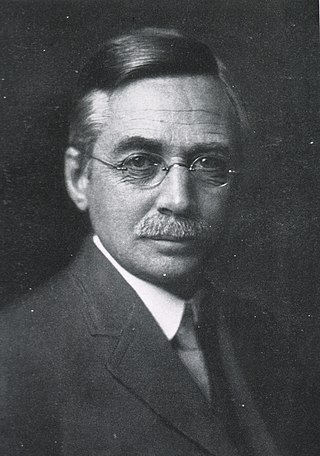
Ludvig Hektoen was an American pathologist known for his work in the fields of pathology, microbiology and immunology. Hektoen was appointed to the National Academy of Sciences in 1918, and served as president of many professional societies, including the American Association of Immunologists in 1927 and the American Society for Microbiology in 1929. He was the founding editor of the Archives of Pathology and Laboratory Medicine in 1926 and edited several other medical journals. He was knighted to the Order of St. Olav in 1929, and in 1933, he became professor emeritus of pathology at the University of Chicago. The Hektoen Institute for Medical Research—formerly the John McCormick Institute of Infectious Diseases—now bears his name.

Harriet E. Garrison was an American physician and medical writer whose practice was based in Dixon, Illinois. She traveled widely and wrote on medical topics, presenting papers at medical conferences.

Marie J. Mergler was a 19th-century German-American physician, surgeon, and medical writer. She opened a general practice in Chicago in 1881, before specializing in obstetrics and gynaecology. She became a skilled gynecological surgeon, and in this field stood among those at the head of her profession in what was then considered to be the northwestern United States. She served her alma mater as lecturer, professor, secretary and Dean. She held several hospital positions as consultant or on the attending staff.
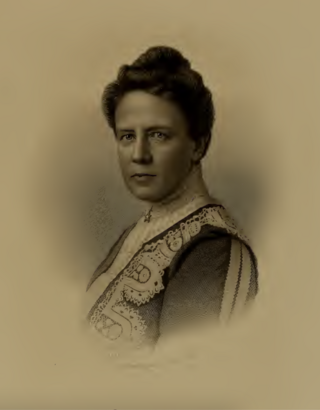
Frances Dickinson was an American physician and clubwoman who specialized in ophthalmology. Dickinson was the first woman received into the International Medical Congress (1887). In addition to being an active member of several medical societies, she was also a prominent woman's club participant, philanthropist, writer, and speaker.

















